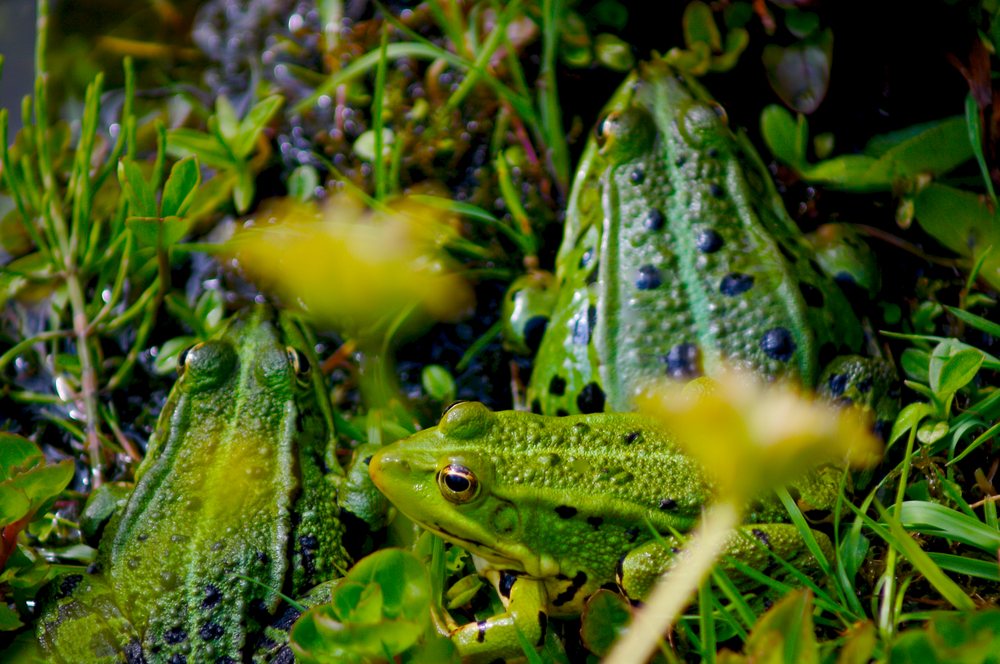IBAs Used as Indicator in the 2010 Millennium Development Goals Report
Important Bird Areas (IBAs), one of BirdLife International’s major Global Programmes, have been used as a key indicator to assess Goal 7, ensuring environmental sustainability, in the 2010 Millennium Development Goals (MDGs) report. Given that IBAs are discrete sites that support specific groups of birds: threatened birds, large concentrations of birds, and birds restricted by range or by habitat, they serve as good indicators demonstrating the progress towards the protection of threatened species habitat.
The report recognizes the important contribution IBAs make to conserving biodiversity and achieving the objectives of the Convention on Biological Diversity (CBD). “The UN report recognizes the critical role that BirdLife’s data can play in focusing action and tracking progress towards environmental sustainability”, said Dr Stuart Butchart, BirdLife’s Global Research and Indicators Coordinator. “It is a tribute to the dedicated efforts of the BirdLife Partnership and others in gathering and analyzing information on the world’s birds and the key sites for their conservation.”
According to the report more than two thirds of IBAs are not protected or only partially protected; the rate of biodiversity loss is not slowing down; mammals are more threatened than birds; and both mammals and birds in the developing world are more threatened than those found in the developed world.
Canada’s IBA program started in 1996 with a five-year effort that focused on site identification and designation. There are currently approximately 600 IBAs across all Canadian provinces. 




